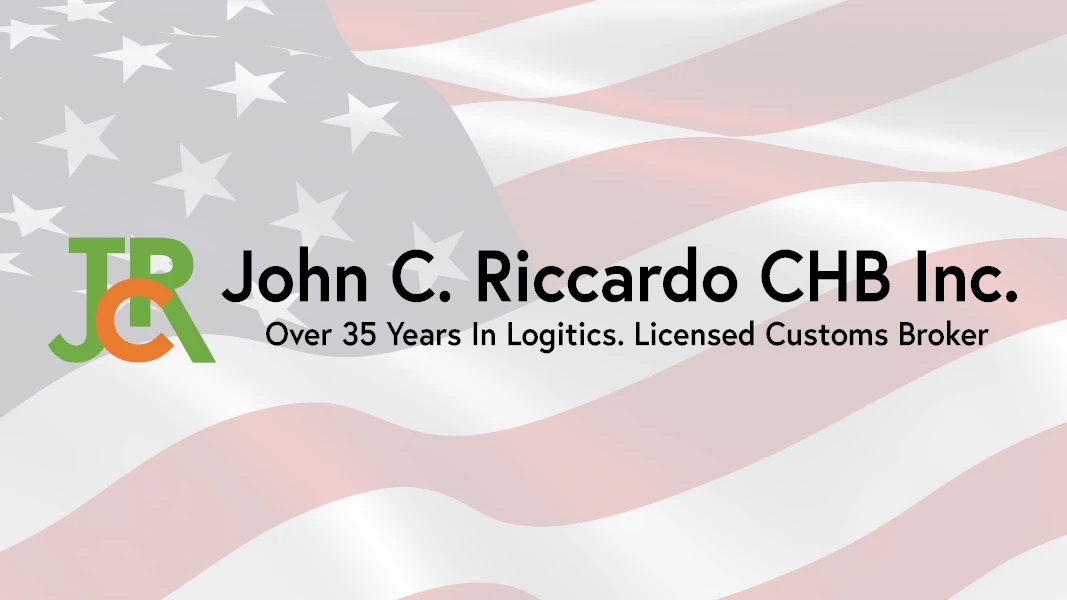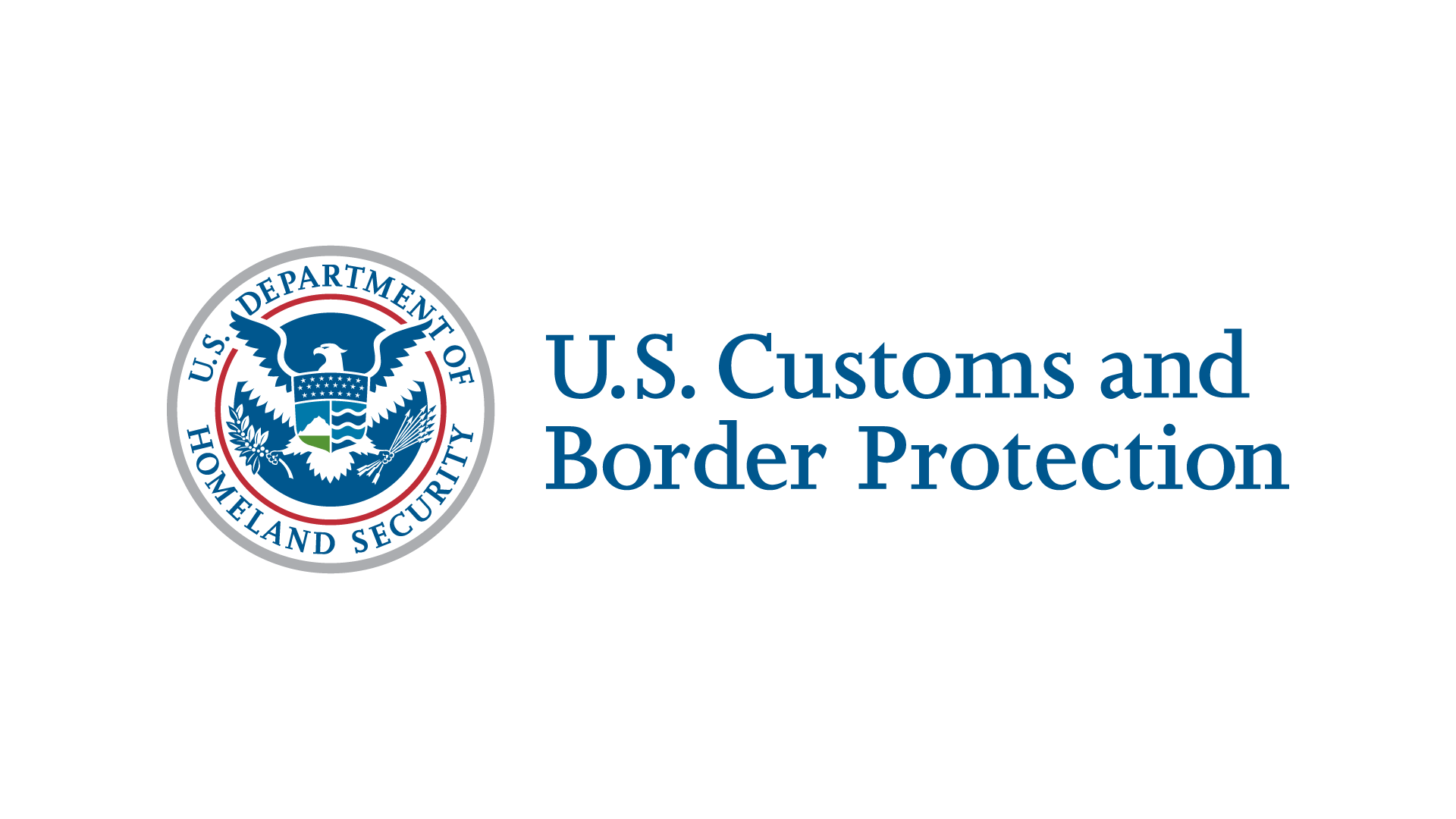
How well do you know your supply chain? Seriously. Take a moment.
Is your proprietary data that gets out out there secure?
Does your broker have any protocols in place for all employees from on-boarding, to account and container access?
Can you say with 100% certainty that your cargo HAS NOT been tampered with by any means?
Every point that your cargo passes hands is a potential lability. It is in your own self interest that all links in your supply chain are metaphorically and physically secure. In the 21st Century, non-CTPAT affiliated cargo brokers are quickly learning that it takes more than competency and experience see your product to its destination.
This article is the first in our series of C-TPAT resource articles intended to shed light on topics that are directly relevant to you and your business. If you are seeking an overview of C-TPAT, please see our feature page. A more concise entry as to the history and function of the program can also be found at the government portal for C-TPAT program information courtesy of U.S. Customs and Border Protection (CBP).
The United States’ Customs and Border Protection (CBP) initiative Customs-Trade Partnership Against Terrorism (C-TPAT) evolves to adapt to the security needs of the our country and trade community to maintain the integrity of global supply chains. Staying on top of changes within this dynamic landscape is no simple feat. Knowing that your customs broker is partnered with the CBP via CTPAT affords you a certain peace-of-mind in knowing that all parties involved take action and certify that your supply chain is secured.
Although there is no magic method to see that your cargo moves throughout the supply chain unhindered, using a CTPAT partnered customs broker reduces downtime at the Port with front of the line processing. A CTPAT partnership can greatly reduce the friction that you would normally encounter. Partners have experienced 6X less inspections and examinations than non-partnered importers. And in the event of a catastrophic event, CTPAT Partners are the first in line as soon as the lanes are restored.
A CTPAT certified licensed Customs Broker you can be assured of transparency and verity with:
- Business Partner Expectations: Requirements, Vetting, Signed Agreements
- Physical Security: in place for the broker’s office(s)
- Personnel Security: On-boarding & Termination procedures
- Access Controls: Staff, Visitors, Drivers are given access only to the areas that are necessary.
- Procedural Security: Adherence to documented company procedures such as cargo handling, inspections and emergencies
- IT Security and Conveyance: Maintaining secure storage and conducting inspections
- Cybersecurity: Ongoing training, updating system, siloed access
- Supply Chain Risk Assessments: Monitoring Suppliers, annual background checks, questionnaires and on-site audits
Every point in the supply chain that your goods pass through must be vetted and properly documented. To assist in this outside the framework of USCBS is the Mutual Recognition Act, another “off-the-radar” benefit of CTPAT partnership whereby the CBP and other foreign Customs Administratios provide an agreed upon framework, where all nations can work with sovereign security in mind as well as respect for the global supply chain, Allowing for its members to conduct business with separate, but like-minded government entities throughout the world.
Partners also enjoy expedited clearance of cargo through the “AQUA Lane” (Advanced Qualified Unlading Approval) yielding on average a cost savings of $3K+ USD/hr per vessel with low-risk sea carriers. This has proven exceptional usefully in shipments coming through from Central and South America.
This have been just a few instances illustrating comprehensive security and protection that is provided by using CTPAT Partnered services.
Thoughts? Comments? Please feel free to leave a reply. If you have any additional questions on C-TPAT, it’s affect on your business, check out some more info here, or contact us at John C Riccardo, CHB, Inc. (718) 917-8939, Jamaica NY 11434. We hope you enjoyed this article and we’ll see you un our next installment.
>Official U.S C-TPAT Program Portal:
https://www.cbp.gov/border-security/ports-entry/cargo-security/ctpat
>U.S. Customs and Border Protection (CBP)

